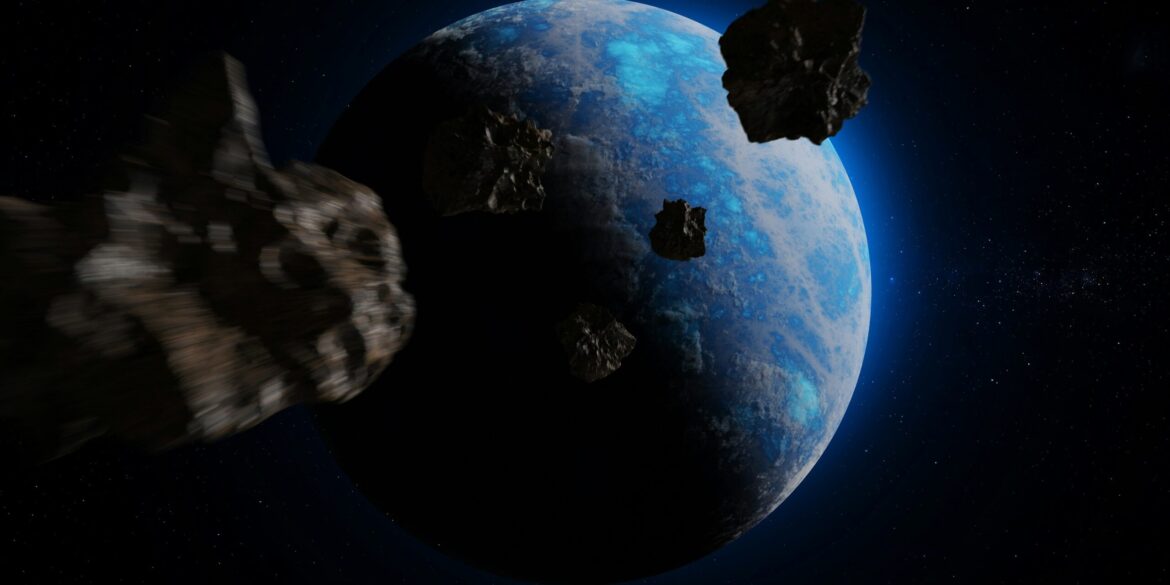On May 24, 2025, a significant astronomical event unfolded as asteroid 2003 MH4 made a close approach to Earth. Measuring approximately 335 meters in diameter—comparable to the height of the Eiffel Tower—this near-Earth object passed within 6.68 million kilometers of our planet, roughly 17 times the distance between Earth and the Moon. While there was no immediate threat of collision, the asteroid’s size and proximity garnered attention from scientists and space agencies worldwide.
Characteristics and Classification
Asteroid 2003 MH4, officially designated as 387746 (2003 MH4), belongs to the Apollo group of asteroids, known for their Earth-crossing orbits. Traveling at a velocity of approximately 14 kilometers per second (over 50,000 kilometers per hour), its rapid movement and substantial size classify it as a “Potentially Hazardous Asteroid” (PHA). This designation is reserved for objects larger than 150 meters that come within 7.5 million kilometers of Earth.
The asteroid’s composition, density, and reflective properties are subjects of ongoing study. Understanding these characteristics is crucial, as they influence the asteroid’s trajectory and potential risk profile. Notably, 2003 MH4’s high optical albedo suggests a surface that reflects a significant amount of sunlight, which can affect its path through the Yarkovsky effect—a force acting on rotating bodies in space due to the emission of thermal photons.
Monitoring and Planetary Defense
NASA’s Center for Near-Earth Object Studies (CNEOS) and planetary defense teams have been closely tracking 2003 MH4’s trajectory. Advanced radar equipment and orbital calculations enable scientists to forecast the paths of such asteroids accurately. While the current flyby posed no danger, continuous monitoring is essential, as even minor gravitational interactions or thermal forces can alter an asteroid’s course over time.
This event underscores the importance of global coordination in planetary defense efforts. NASA’s Sentry monitoring system plays a pivotal role in assessing potential impact risks by analyzing data on near-Earth objects. Additionally, missions like the upcoming NEO Surveyor, set to launch in 2027, aim to enhance our ability to detect and characterize hazardous asteroids.
Public Awareness and Preparedness
The close approach of 2003 MH4 serves as a reminder of the dynamic nature of our solar system and the potential threats posed by near-Earth objects. While the likelihood of a significant asteroid impact is low, the consequences could be catastrophic. Therefore, continued investment in detection, tracking, and mitigation strategies is vital to safeguard our planet.
Public interest in such celestial events also highlights the need for effective communication from scientific institutions. Providing accurate information helps prevent misinformation and ensures that communities are informed about potential risks and the measures in place to address them.

